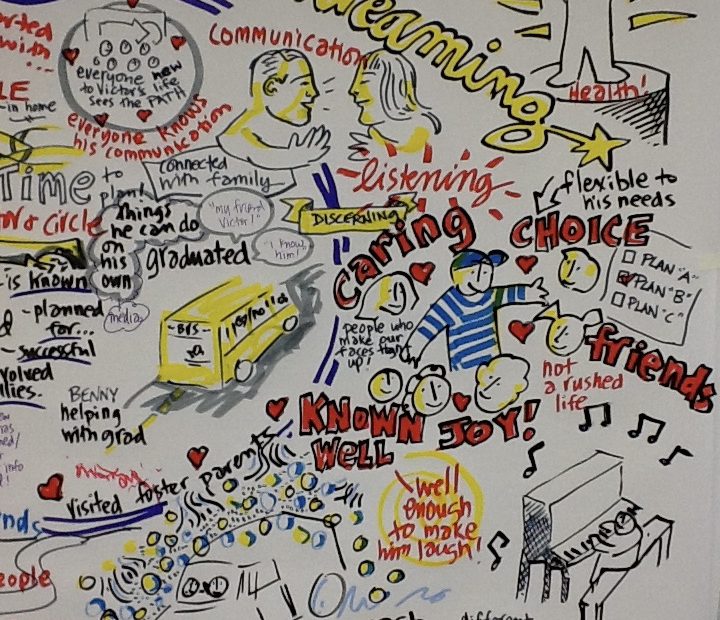Youth to adult transition planning is important and should include:
Introduce the student and family to the next steps in life-long learning – moving from childhood to adult life
Ensure a smooth and meaningful transition for the individual with deafblindness, by beginning the planning process well in advance of school completion – a three-year plan (at age 14 or 15)
Determine who will be on the Transition Planning Team and what role the school and school district will take in transition planning. Involve the student and his/her family as the center of all transition planning. Determine a transition coordinator.
Be person-centered and be based upon the individual needs of the student. Determine supports required by the student – i.e. Deafblind Intervention.
Related: Kindergarten Transition
